RFM Segmentation Model
RFM segmentation is a strong tool that businesses use to understand how their customers buy things. This method uses rfm segmentation to look at three important things: recency, frequency, and monetary value. Knowing how to use this tool is important for businesses that want to connect better with their customers and improve their marketing plans. As you dive deeper into RFM segmentation, you will understand its critical role in identifying key customer behaviors that drive sales and engagement.
Overview of the RFM Segmentation Model and Its Significance in Customer Analytics
The RFM segmentation model works on the thought that customers who buy things recently, buy often, and spend a lot of money are more likely to pay attention to marketing messages. By applying rfm segmentation, businesses can more accurately tailor their messaging strategies. This model helps businesses group customers based on their buying habits. This way, they can send the right message to the right people at the right time.
When businesses use RFM segmentation, they can find different groups in their customers. Additionally, rfm segmentation allows companies to discover unique customer insights that can guide future marketing efforts. This helps them use their resources better and get more return on their marketing efforts. For example, RFM analysis can provide clear insights into how effective their marketing strategies have been. Businesses can send special offers to customers based on their RFM scores. So, using RFM segmentation can lead to better marketing, keeping customers coming back, and helping businesses grow.
Purpose of the Article: Addressing Practical Questions Regarding RFM Segmentation
In this article, we will answer important questions businesses may have about RFM segmentation. We will explain what RFM is, show you how to calculate RFM scores, discuss which businesses benefit most from RFM segmentation, and look at how it is used in marketing strategies. RFM segmentation is not just a theoretical concept; it is a practical tool that guarantees measurable results through effective customer segmentation techniques. We will also share tools and software that can help with RFM analysis and provide case studies of successful use. By the end of this article, you will know to start using RFM segmentation in your business.
What Does RFM Stand For?
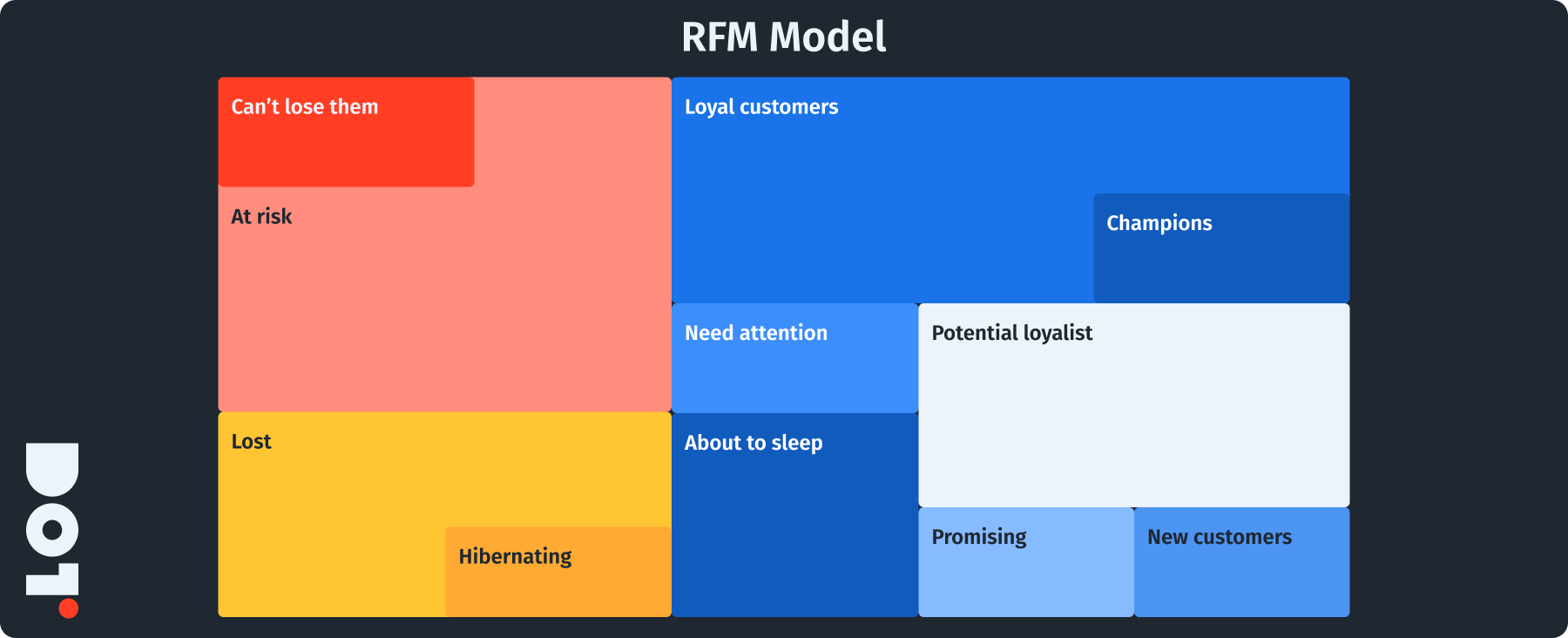
Recency
Recency means how recently a customer made a purchase. RFM segmentation emphasizes the importance of recent purchases as an indicator of customer engagement. This is important because customers who bought something recently are generally more likely to interact with the brand. For example, a customer who bought something last week is more engaged than someone who hasn’t bought anything for over six months.
To find recency, businesses can look at purchase dates in their customer databases and sort them by when customers last bought something. They can assign scores based on how long it has been since the last purchase. A simple way is to give scores from 1 to 5, where 1 means no purchases in the last year and 5 means purchases last week. Businesses can create better data-driven marketing efforts to re-engage interested customers by focusing on recent buyers.
Frequency
Frequency tells us how often a customer buys something in a specific time. Understanding rfm segmentation can significantly enhance insights on customer frequency. Customers who buy often usually show strong loyalty to the brand. Understanding purchase frequency is crucial for businesses to know the difference between occasional shoppers and regular customers.
To determine the frequency, businesses should check their sales records over a certain period, like the past year. They count how many times each customer made a purchase. Then, they can assign frequency scores from 1 to 5, where 1 is for those who buy once a year and 5 is for those who buy more than 12 times a year. Understanding how often customers buy can help businesses create loyalty programs and target promotions to boost sales, as they can track their customer loyalty metrics effectively.
Monetary Value
Monetary value shows how much money a customer has spent over a certain time. RFM segmentation plays a vital role in identifying these spending patterns among customers. Knowing how much customers spend is important for businesses so they can find their most valuable customers.
To evaluate the monetary value, businesses add up how much each customer has spent in a year. Once they have the totals, they can assign scores from 1 to 5, where 1 is for customers who spent less than $100 and 5 is for those spending more than $1000. By knowing high spenders, businesses can create targeted marketing strategies and personalized campaigns to keep them engaged and increase revenue.
Importance of RFM Segmentation
Benefits of RFM Segmentation
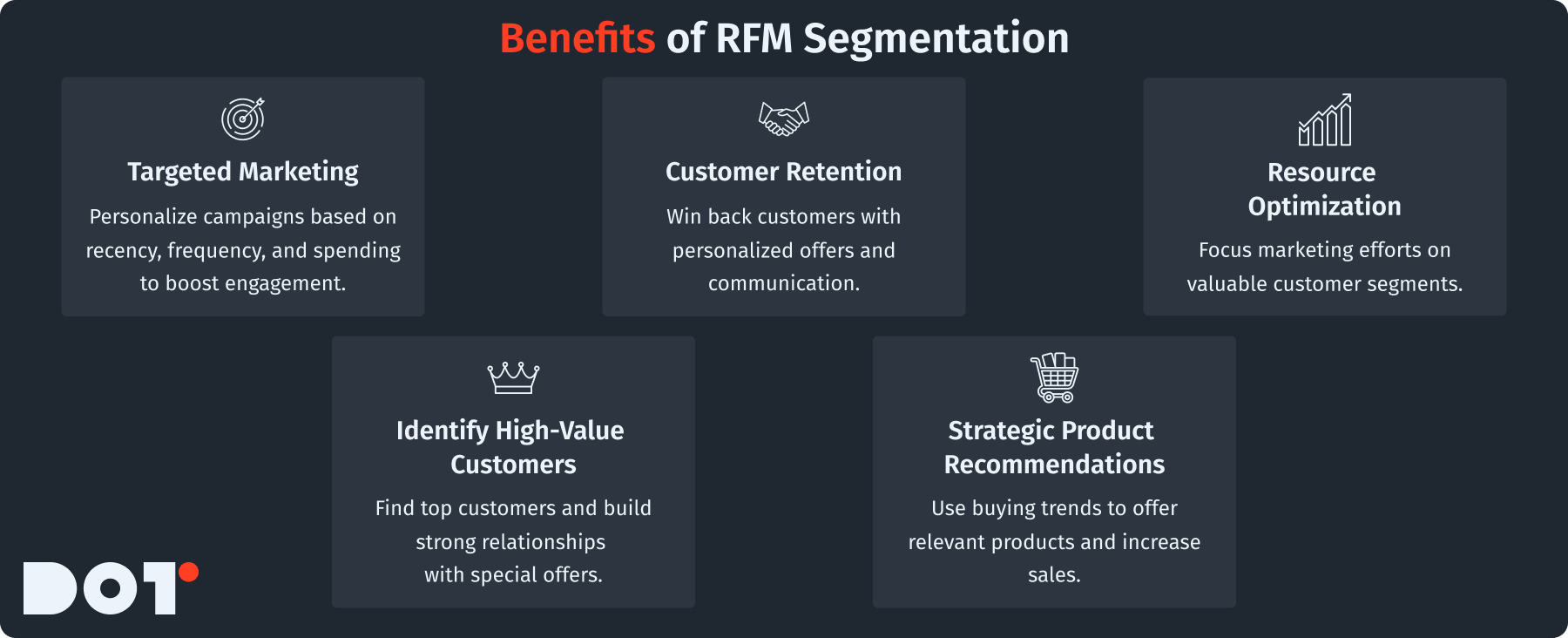
Using RFM segmentation has many benefits that can significantly help a business’s success. Here are some key advantages:
- Targeted Marketing: By dividing customers based on their recency, frequency, and spending, businesses can create very personalized marketing campaigns. RFM segmentation facilitates the development of these targeted campaigns, leading to better engagement rates since customers appreciate offers that match their buying behavior and can respond positively to accurate purchase behavior analysis.
- Identifying High-Value Customers: RFM analysis helps businesses find customers who bring in the most revenue. By knowing who these customers are, companies can invest in building strong relationships with them through special communications and offers that encourage them to buy again.
- Enhanced Customer Retention: By focusing on customers who haven’t bought recently (low recency scores), businesses can create strategies to win them back. This can include personalized emails or special offers to bring these customers back towards engagement primarily through the principles of rfm segmentation.
- Resource Optimization: Knowing which customer segments are valuable helps businesses allocate their marketing resources effectively. Teams can concentrate their efforts on more promising segments rather than using a one-size-fits-all approach.
- Strategic Product Recommendations: RFM segmentation helps businesses see trends in customer buying behavior, which leads to better product suggestions and chances to sell more products, reinforcing the need for ongoing purchase behavior analysis.
If you want to find out more about using RFM segmentation, please reach out to our experts for a free 20-minute consultation where you can get solutions tailored for your business.
Implementing RFM Segmentation
To successfully apply RFM segmentation, there are clear steps to follow.
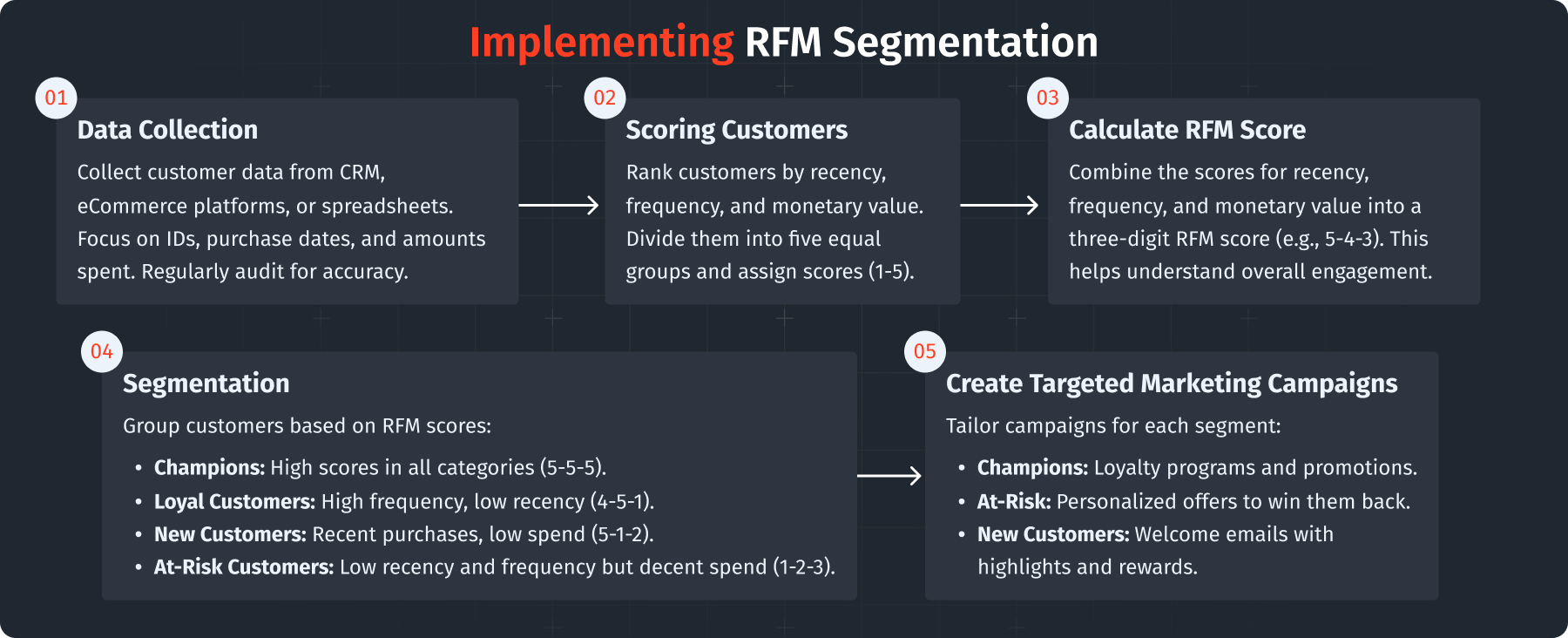
Step 1: Data Collection
The first step is to gather customer purchasing data. Identify where this data comes from, such as:
- CRM systems (like Salesforce or HubSpot)
- eCommerce platforms (like Shopify or WooCommerce)
- Excel spreadsheets or databases with customer purchase data
Key data points to collect include:
- Customer IDs
- Purchase dates
- Total amounts spent
- Order history
RFM segmentation relies heavily on accurate data, so it is important to ensure that the data is clean and correct. Consider doing regular audits to remove duplicates and check the accuracy of records.
Step 2: Scoring Customers
Once you have the data, the next step is to score customers based on recency, frequency, and monetary value. Here’s how:
- Rank all customers by recency, frequency, and monetary value from highest to lowest.
- Decide on bins: Divide the scores into five equal parts. The top 20% of customers will get the highest score (5) and the lowest 20% will get the lowest score (1). For example:
- Score 5 for customers who bought something last week.
- Score 1 for customers who haven’t bought anything in over a year.
- Repeat this process for frequency and monetary value to stay consistent in scoring.
Step 3: Calculate RFM Score
After scoring customers individually, combine the scores to get an RFM score for each customer. RFM scores are usually shown as a three-digit number like 5-4-3, where each digit indicates the score from each of the three areas.
You can also calculate a total score (e.g., r_score + f_score + m_score). This helps in understanding overall customer engagement and who to target first.
Step 4: Segmentation
With the RFM scores ready, you can group customers into different categories. Common segments are:
- Champions: Customers with scores of 5-5-5, meaning they buy frequently, recently, and spend a lot of money.
- Loyal Customers: Customers who have high frequency scores, but may not have bought anything recently (e.g., 4-5-1).
- New Customers: Customers who just made a purchase but did not spend much (e.g., 5-1-2).
- At-Risk Customers: Customers with low recency and frequency but decent spending scores (e.g., 1-2-3).
These segments help you create targeted marketing and communication strategies.
Step 5: Create Targeted Marketing Campaigns
The last step is to design marketing campaigns for each segment. For example:
- For Champions, create special loyalty programs or promotions to reward them and keep them engaged.
- For At-Risk Customers, consider sending personalized emails with special offers or loyalty rewards to encourage them to return.
- For New Customers, send welcome emails that highlight products, customer stories, and rewards for their first purchase.
By effectively implementing rfm segmentation within these campaigns, each group receives relevant messages that appeal specifically to their shopping habits.
Tools for RFM Analysis
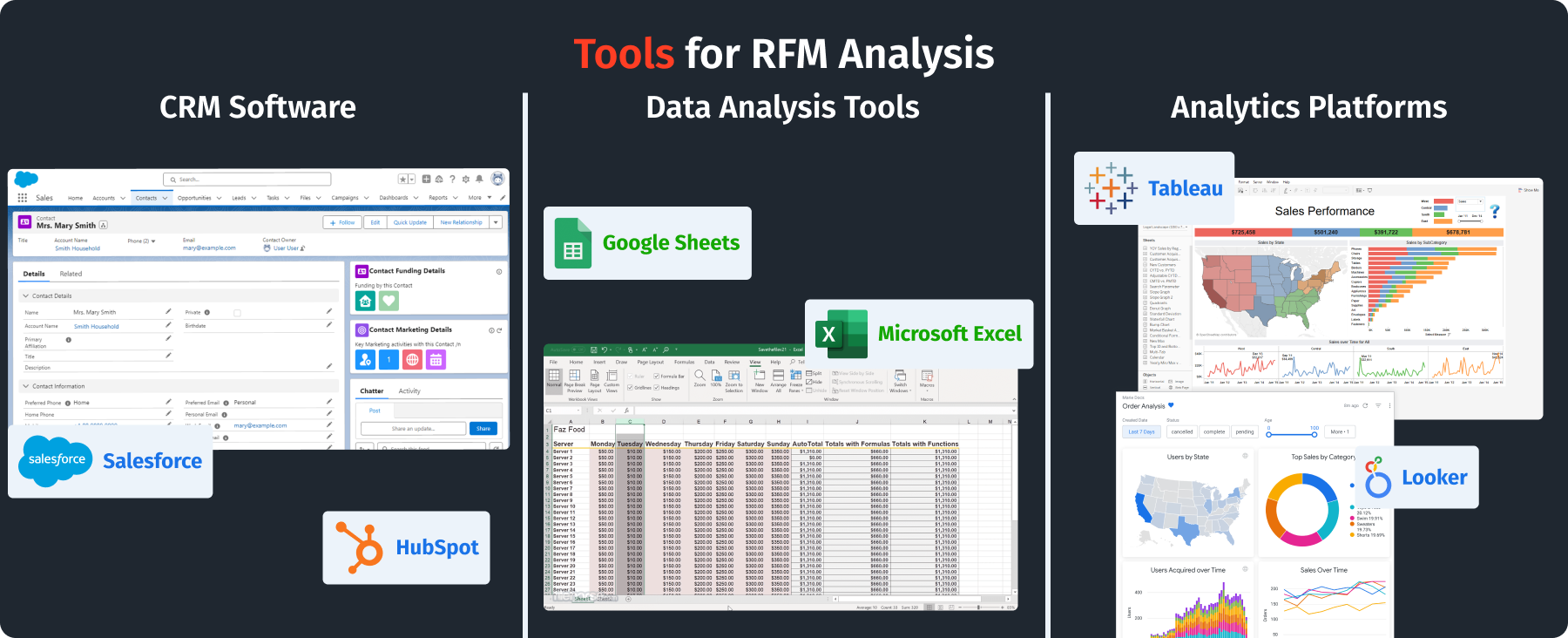
Many tools can help in the RFM analysis process. Here are some popular options:
- CRM Software:
Software like Salesforce and HubSpot helps manage customer data and track purchases effectively. - Data Analysis Tools:
Microsoft Excel or Google Sheets can be powerful for manual RFM calculations and visualizing data. - Analytics Platforms:
Consider using specialized tools like Tableau or Looker that can automate RFM analysis and provide better visual data representation.
If you have any questions or need help regarding implementation, please connect with a Dot Analytics expert for a free consultation!
Practical Applications of RFM Segmentation
Case Study 1: BlueBin

Company Overview: BlueBin helps hospitals manage their inventory better and improve their supply chain.
Challenge: BlueBin saw different levels of engagement from various hospitals and wanted to increase their retention rate while identifying high-value clients.
What They Did: BlueBin used the RFM segmentation model to improve its relationships with hospitals and adjust its marketing strategies.
How They Did It:
- Assigned RFM Scores:
They used their CRM data to score hospitals based on their purchase frequency, how recently they ordered, and the value of their contracts. - Segmentation:
Hospitals were categorized as Active, At-Risk, and New clients for better-targeted messaging. - Targeted Campaigns:
They created campaigns for At-Risk customers, offering personalized outreach and tailored services.
Team Composition: BlueBin worked with data analysts, marketing staff, and IT support to manage this project effectively.
Project Duration: The entire project took about 3 months for data collection, analysis, and executing campaigns.
Technologies Used: They used Salesforce for customer management and Microsoft Excel for analysis and scoring.
Results: BlueBin saw a 20% increase in repeat orders from the At-Risk category, which improved overall engagement and customer satisfaction.
Case Study 2: SchoolNow
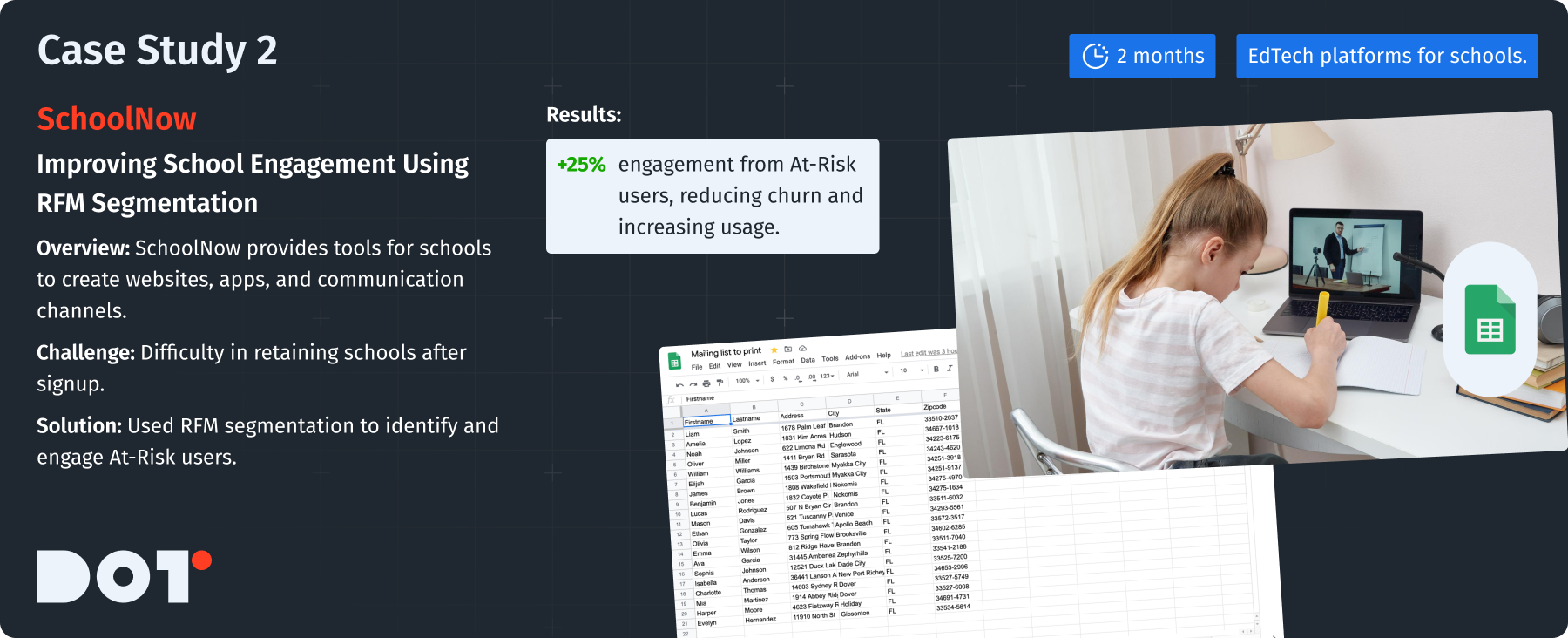
Company Overview: SchoolNow offers tools for schools to develop websites, apps, and communication channels.
Challenge: SchoolNow was having trouble keeping schools engaged after they signed up.
What They Did: They applied RFM segmentation to better understand their customers and improve user retention.
How They Did It:
- Analyzed Customer Data: They calculated RFM scores based on how recently the schools logged in, how often they updated, and their spending on subscriptions.
- Segmentation: Schools were grouped as Active Users, At-Risk Users, and New Users.
- Tailored Content: For At-Risk Users, they organized personalized onboarding sessions to show schools how to use advanced features.
Team Composition: Their project included product managers, data analysts, and customer support teams focused on boosting user engagement.
Project Duration: The implementation was completed in about 2 months, aiming for the most effective strategy.
Technologies Used: They used Google Sheets for RFM scoring and user data management during the analysis.
Results: SchoolNow achieved a 25% increase in engagement from At-Risk users, leading to less customer turnover and higher platform usage.
Summary
Conclusion
The RFM segmentation model is a simple yet very effective way to help businesses engage more with their customers. By understanding Recency, Frequency, and Monetary value, businesses can make targeted marketing campaigns, keep their best customers engaged, and use their marketing efforts better.
If RFM segmentation is important for your business, reach out now and book a free 20-minute consultation with a Dot Analytics expert. They can help you with specific applications that meet your business needs. Whether you are new to rfm segmentation or want to enhance your current strategies, our experts are here to help you improve customer engagement!



























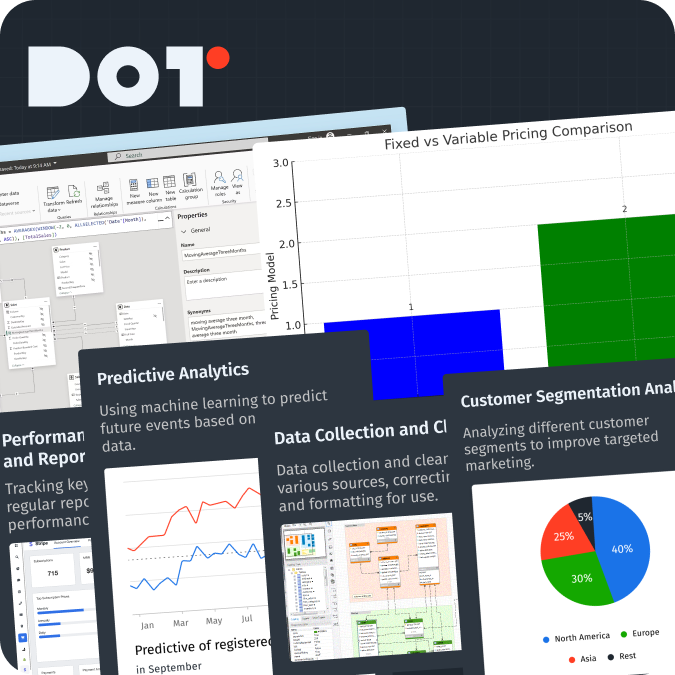
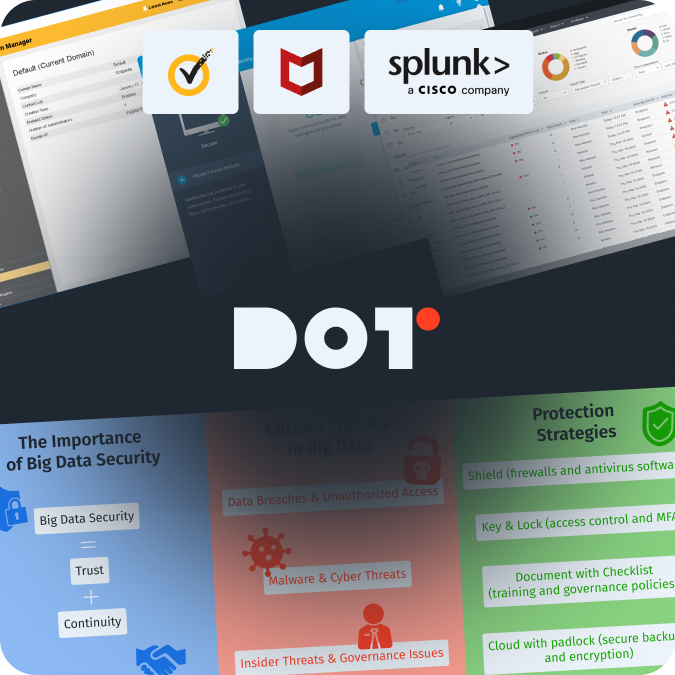
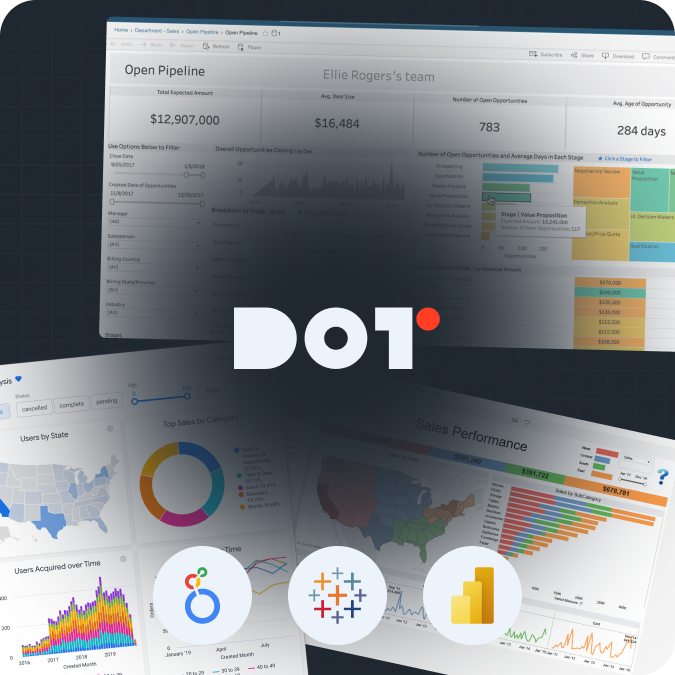
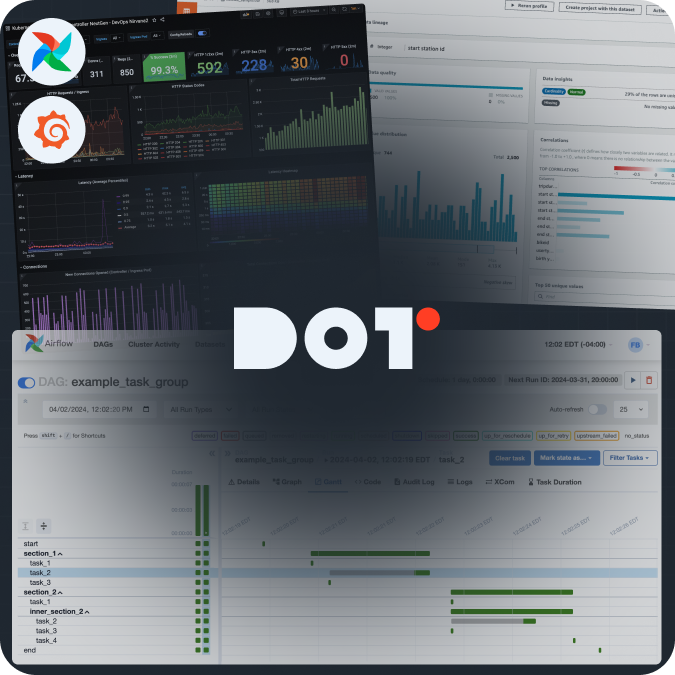
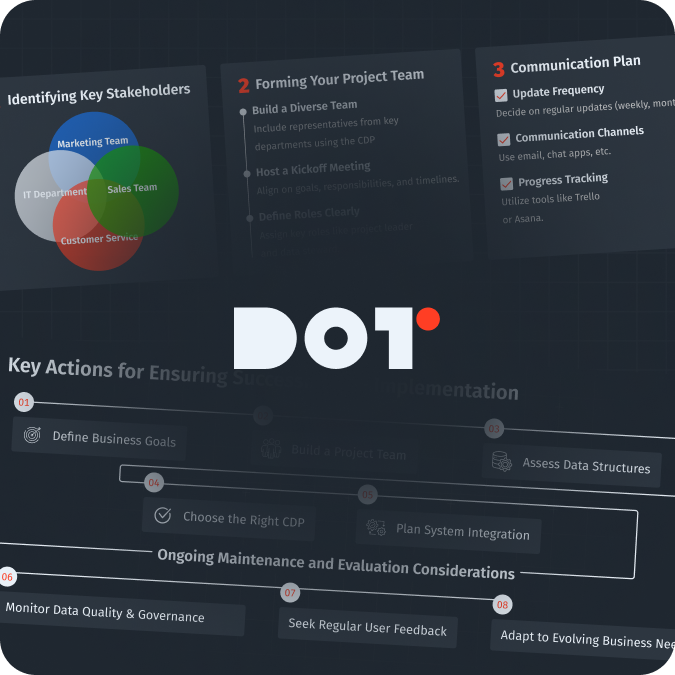

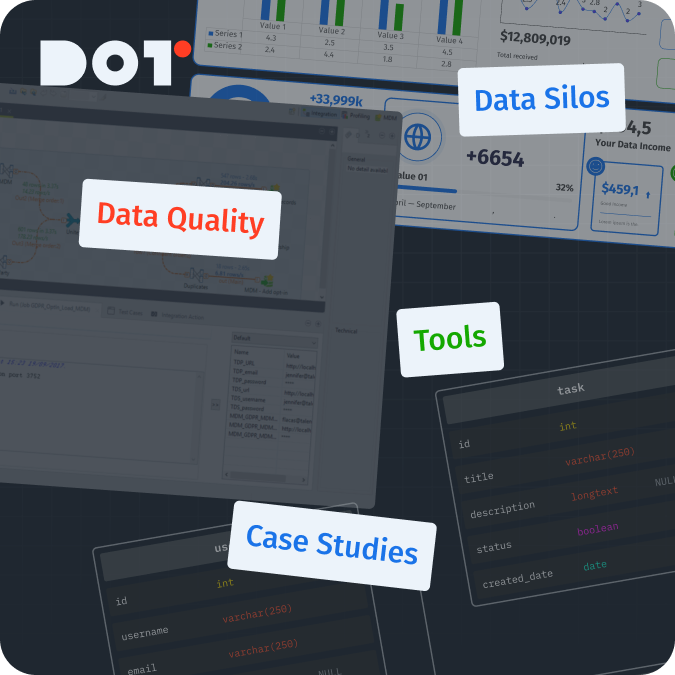
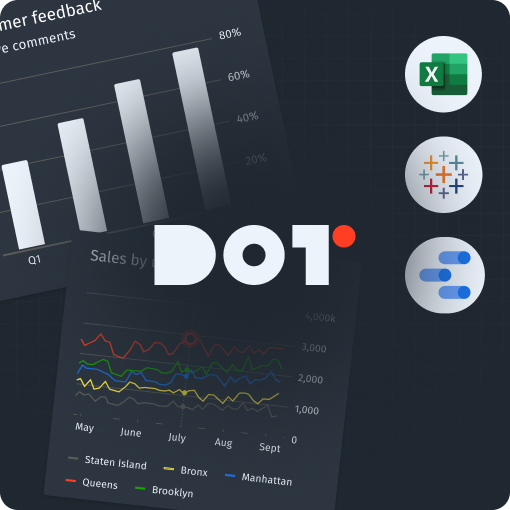

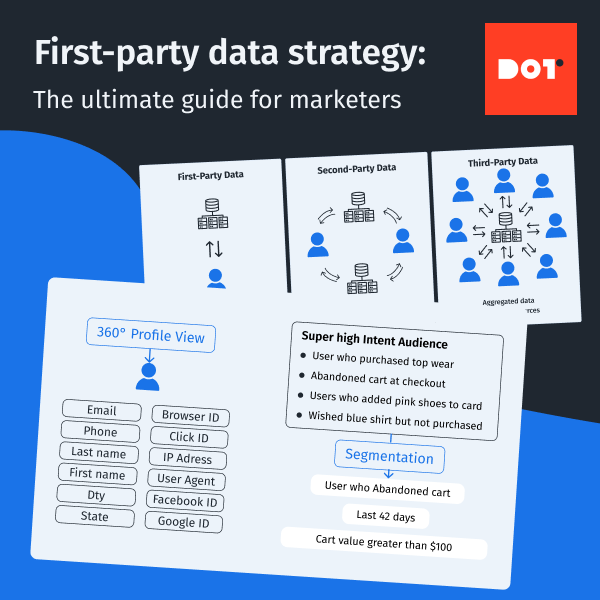

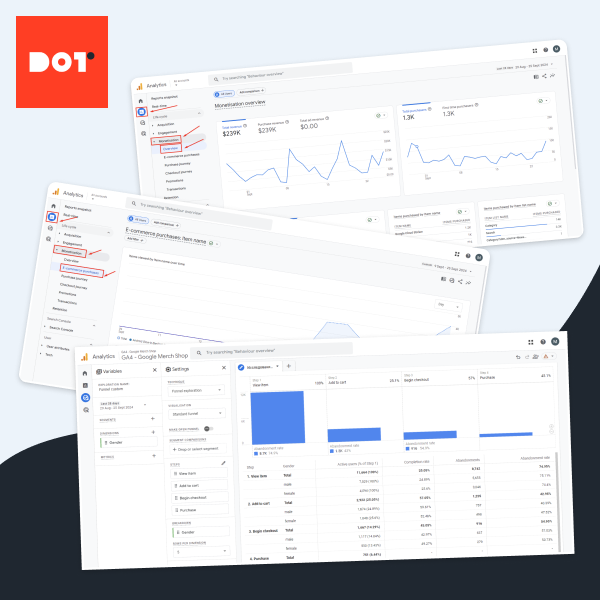
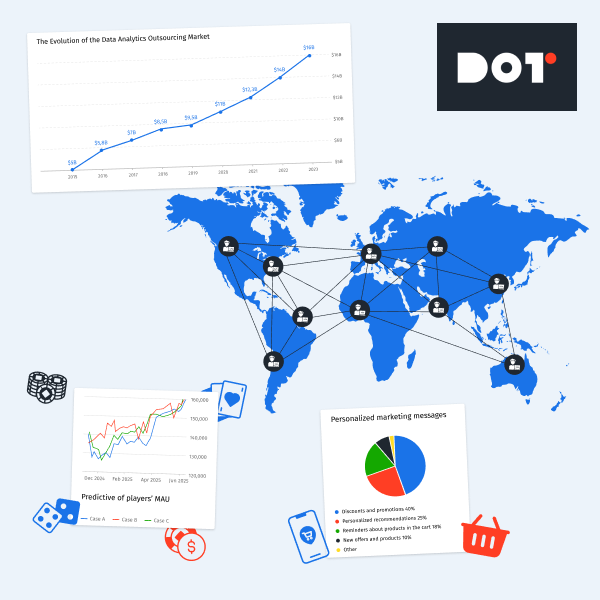
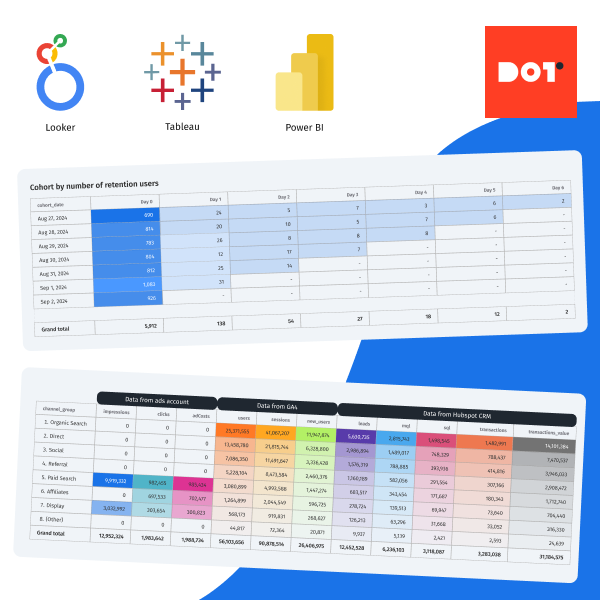
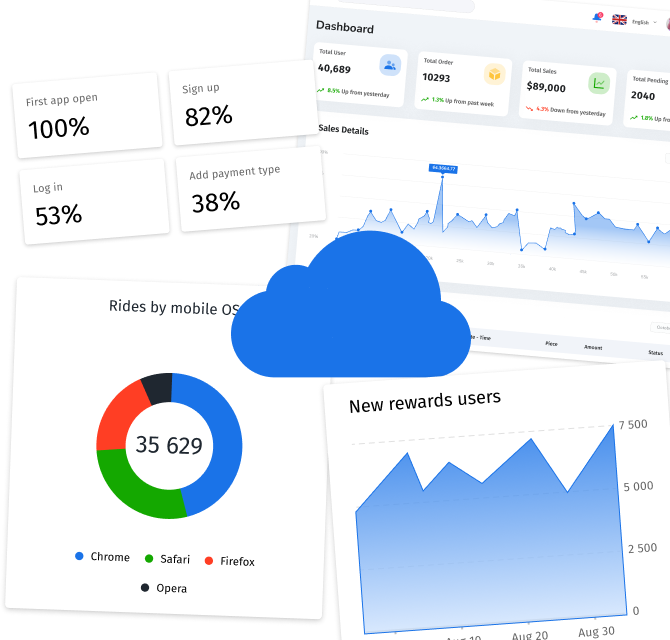
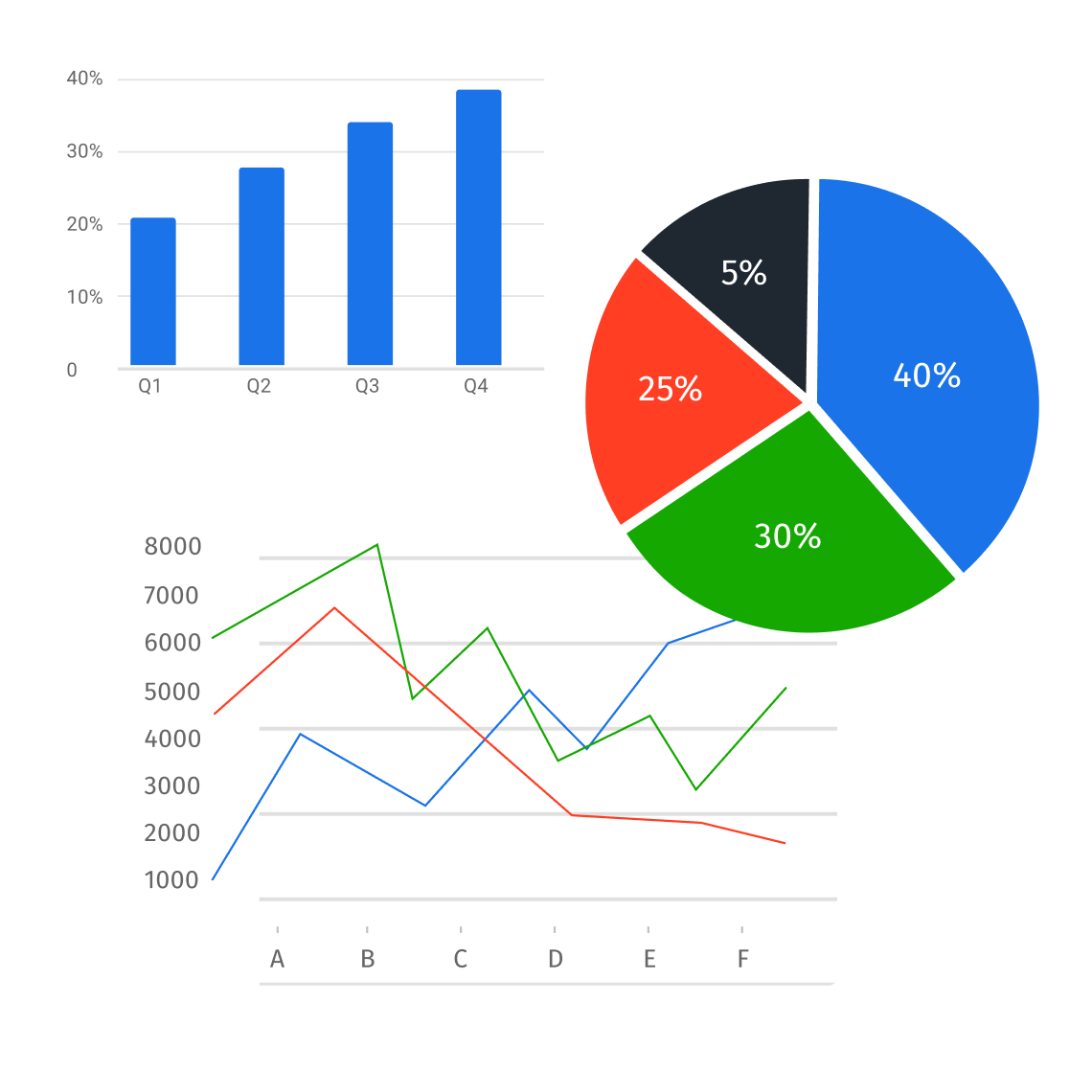
Leave a Reply